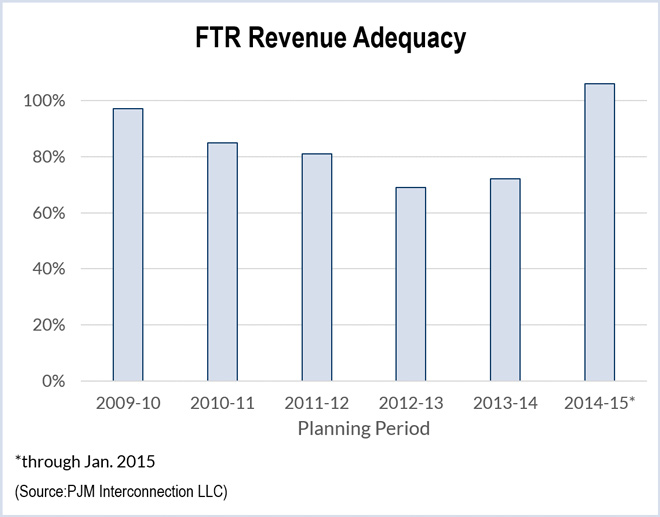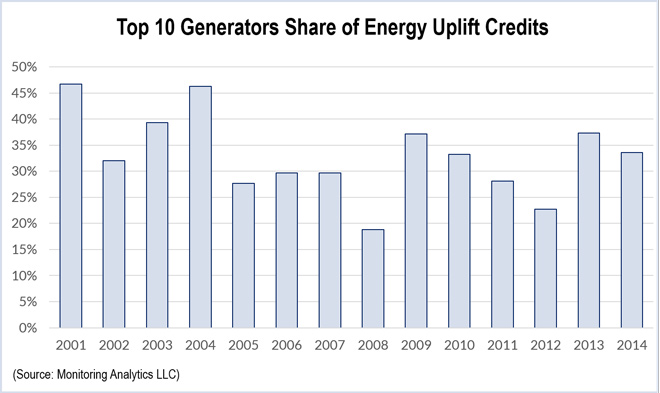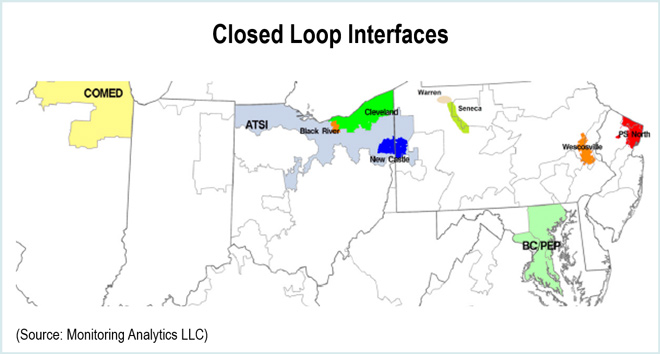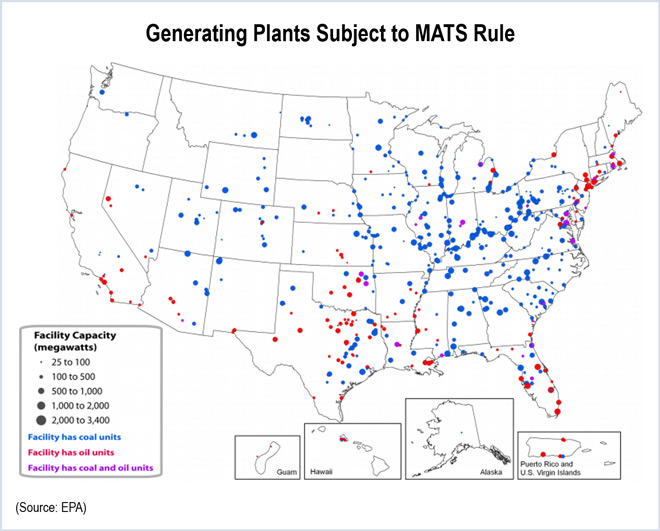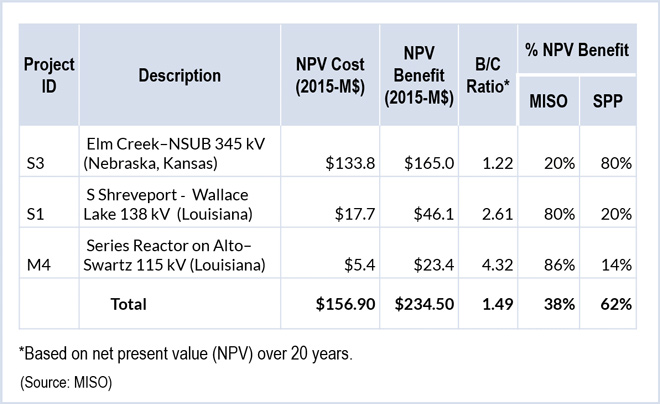PJM doesn’t plan to allow generators to make hourly market offers for winter 2015/16, despite a Federal Energy Regulatory Commission order that such flexibility be developed by Nov. 1.
Officials said the RTO cannot accept such offers until it revamps its market system and that the new software cannot be completed by next winter.
In its June 9 ruling, FERC ordered PJM to file Tariff changes allowing market participants to submit day-ahead offers that vary by the hour and update their offers in real time, including in emergency situations, or explain why the changes are unnecessary. The commission said the changes should take effect by Nov. 1 “or as soon as practicable thereafter.” PJM must make a compliance filing informing the commission of its plans by July 10. (See Duke, ODEC Denied ‘Stranded’ Gas Compensation.)
In April, stakeholders approved the creation of the Generator Offer Flexibility Senior Task Force to consider such changes in response to a problem statement by Calpine. Calpine noted that PJM is the only organized market in the country that doesn’t permit generators to vary their offers hourly. (See Bid for Generator Price Flexibility Draws Debate over 10% Adder.)
PJM said it considered proposing an interim solution while it waits for the software changes but bowed to stakeholder sentiment for a single, long-term solution.
The task force held its first meeting June 29.
Monitor: Marginal Benefit Factor Faulty, Inconsistently Applied
The Independent Market Monitor is recommending a broader look at concerns that PJM is buying too much fast-responding “RegD” resources in the regulation market. The Monitor said Thursday that stakeholders should revisit the marginal benefit factor that defines the substitutability between “RegA” and RegD megawatts.
“PJM’s current marginal benefit factor function is, at least in some hours, overvaluing RegD as a substitute for RegA in the optimization,” said Howard Haas of Monitoring Analytics. The misalignment also means RegD resources are being incorrectly compensated — sometimes being paid too little, and sometimes too much, Haas said. (See PJM Market Monitor: Faulty Marginal Benefit Factor Harming Regulation.)
The Monitor proposed a problem statement and issue charge that will be considered at the MRC’s July 23 meeting.
PJM introduced its own problem statement on the regulation issue at the April Operating Committee meeting, but it has not yet been brought to a vote. Under times of system stress, PJM said, it has observed issues with regulation performance when the proportion of megawatts from RegD resources is greater than 42%. (See “Too Much of a Good Thing? PJM Concerned Fast Response Regulation Crowding out Traditional Resources,” PJM Operating Committee Briefs.)
A PJM official told the MRC that the RTO is currently performing a study on the issue, which will take eight weeks to complete.
Changes Would Allow Earlier Replacement Transactions
The committee will be asked to vote at its July 23 meeting on manual changes that would allow market participants to enter replacement capacity transactions earlier than Nov. 30 prior to the start of the delivery year if the need is linked to a physical reason that would prevent a participant from meeting its commitment.
Such replacements would be permitted when the owner of the replaced resource could show the expected final physical position of the resource at the time of the request.
Existing generators could engage in such transactions if they are being deactivated, while new generators could replace themselves if their project is cancelled or delayed. Demand response or energy efficiency resources could be replaced due to the permanent departure of their loads.
Resources replaced would not be able to be recommitted for the delivery year.
PJM Law Proposes Cleaning up Language in Governing Documents
The PJM Law Department proposed an initiative to clean up language in the RTO’s governing documents that is “ambiguous, incorrect or requires clarification.”
The project would entail reviewing the Tariff, Operating Agreement and Reliability Assurance Agreement related to topics including offer caps and prices, demand resources and the capacity market.
PJM’s proposed problem statement and issue charge would assign the task to the Market Implementation Committee, separating it from the effort already underway involving the Tariff Harmonization Senior Task Force. The task force was formed in December to identify discrepancies in provisions regarding definitions, indemnification, limitation of liability and alternative dispute resolution procedures in the same governing documents. (See Task Force Proposed to Resolve Inconsistencies in PJM Governing Documents.)
Ed Tatum of Old Dominion Electric Cooperative suggested that PJM consider unifying the efforts, saying ODEC wanted to participate but had limited resources. “Words do matter,” he said. “Anytime we do something like this, it’s a big deal.”
“I didn’t think what we were trying to do here really fit” the task force’s charter, responded PJM attorney Jacqui Hugee, who added the charter could be changed.
The task force plans to bring its first batch of changes to the next MRC meeting for a vote, along with a second batch for first reading.
Changes to Manuals 03, 3A, 19 Endorsed
Members endorsed the following manual changes:
- Manual 19: Load Forecasting and Analysis. Makes changes to residential measurement and verification rules. Provides a solution for the issue that some electric distribution companies (EDCs) are prohibited from sharing personally identifiable information about residential customers participating in demand response programs. EDCs may use unique ID numbers instead through May 31, 2016.
- Manual 03: Transmission Operations. Requires a separation between emergency and load dump ratings. In the event they are the same, the emergency rating submitted by the transmission owner shall be, at a minimum, 3% lower than the submitted Load Dump rating. If this change results in a normal rating that is higher than the long-term emergency rating, the TO shall, at a minimum, make the normal rating equal to the LTE rating.
- Manual 3A: Energy Management System Model Updates and Quality Assurance. Continues effort to streamline and update sections pertaining to model updates. Most significant change is new section added on sub-transmission model submission requirements. TERM Appendix A reworked to more clearly outline business rules and tool interaction.
— Suzanne Herel

